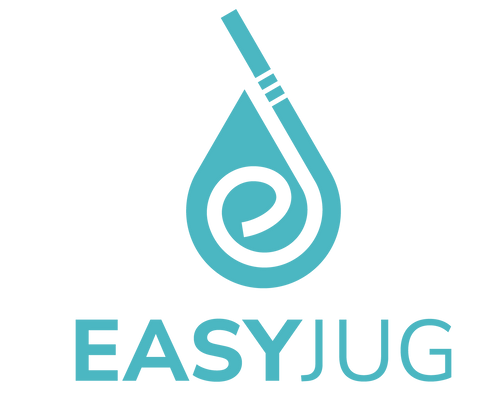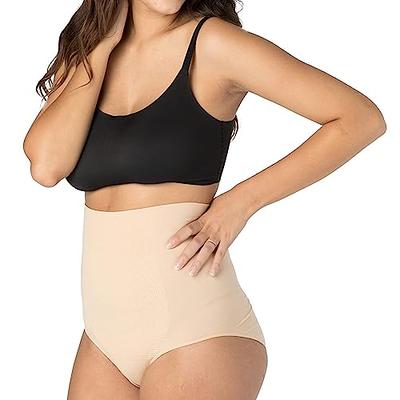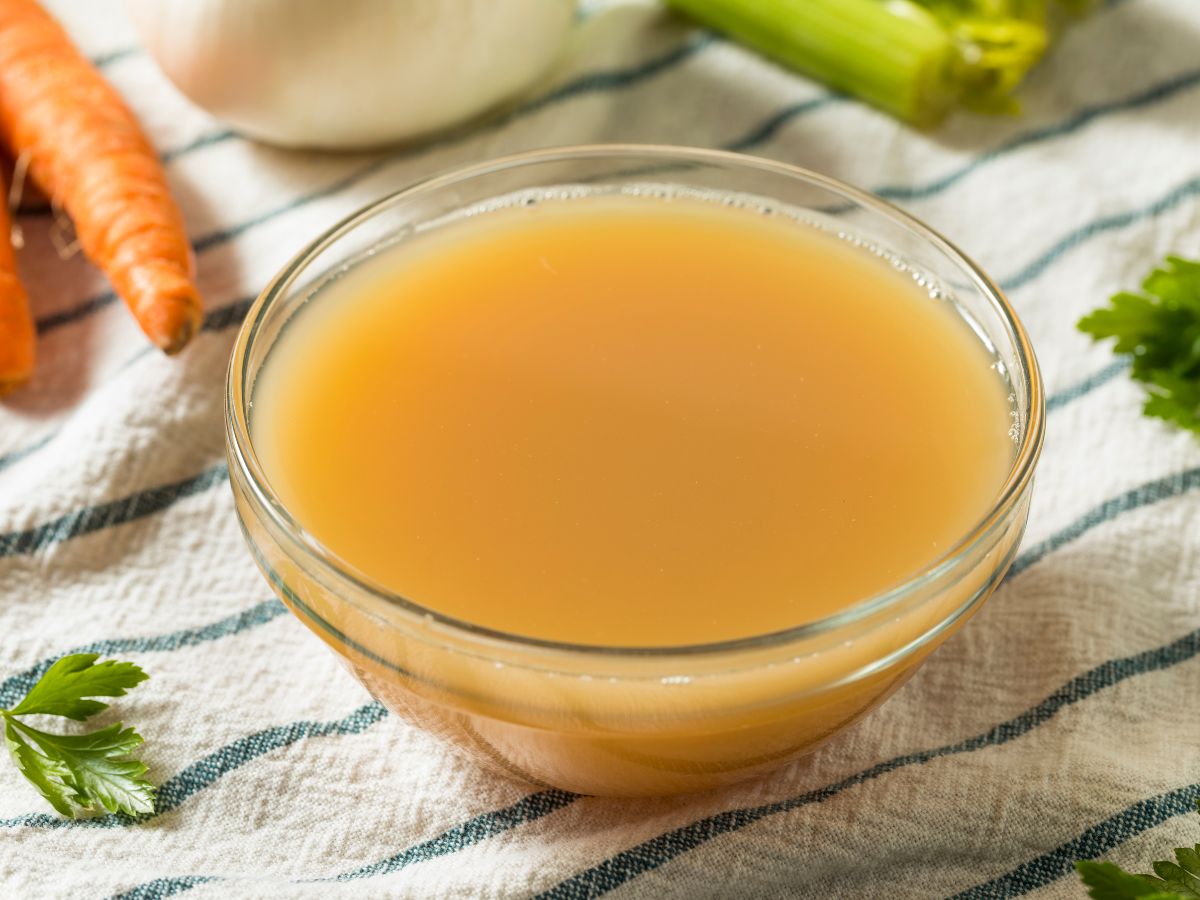Welcoming a new baby is a joyous occasion, but it also signals the start of the postpartum period, where the body begins its recovery process. For new mothers navigating the postpartum journey, understanding the role of postpartum girdles can be a game-changer. In this blog post, we'll discuss the postpartum girdle benefits, how to choose the right kind of girdle, risk factors, and share brands we recommend. It's your complete guide to postpartum girdles!
The Traditional Roots of Belly Binding
The history of belly binding is as rich as it is diverse, spanning cultures and centuries, each with its own unique practices and beliefs. The tradition of wrapping the midsection, known today as belly wrapping or abdominal binding, has been a cornerstone in postpartum recovery rituals around the world.
Ancient Practices for Modern Recovery
Long before the advent of modern waist trainers and post-pregnancy girdles, ancient civilizations recognized the benefits of abdominal support for postpartum women. These early forms of belly wrapping were believed to provide gentle support to the internal organs, including the uterus, which undergoes a process of shrinkage to return to its normal size after childbirth. This practice was thought to aid in this natural transition, promoting healing and offering support to the pelvic floor muscles.
The Evolution of Belly Binding
From the reeds and linens used in ancient Egypt to the elaborate waist belts of medieval times, the art of belly binding has been refined to ensure the best results for women in their weeks postpartum. It was a way to ensure that women received the abdominal support they needed to engage in daily activities with less pain.

Why Consider a Postpartum Girdle?
After childbirth, whether through vaginal delivery or cesarean section, your body undergoes significant changes. Abdominal muscles that were stretched and strained during pregnancy need support to return to their original position. This is where a postpartum girdle comes in – offering gentle compression to support the healing process.
Benefits of Postpartum Belly Wraps
-
Supporting Core Muscles: Postpartum belly wraps provide extra support to core muscles, including those affected by diastasis recti, facilitating a smoother recovery.
-
Alleviating Pain: By providing light compression, a postpartum wrap can help in reducing pelvic pain and lower back pain, common complaints among new moms.
-
Enhancing Posture: Maintaining good posture is essential, especially after major abdominal surgery like a c-section delivery. A belly belt can help in reinforcing good posture, minimizing the stress on your abdominal wall.
-
Promoting Healing: Belly bandits and abdominal binders can enhance blood flow to the abdominal area, promoting a faster healing process and reducing postpartum swelling.
-
Helping with Physical Recovery: For many women, wearing postpartum shapewear, such as a postpartum belt or a belly binder, is recommended by healthcare professionals to assist in the physical therapy process.
-
Comfort and Ease of Use: With breathable fabrics and features like eye closures, postpartum girdles are designed for ease of use during your recovery period.
How to Choose the Best Postpartum Girdle?
When selecting a postpartum girdle, consider the following:
- Material: Choose a postpartum corset or girdle made from breathable fabric, ensuring comfort during wear.
- Fit: Look for adjustable options like a belly bandit to accommodate the changing size of your midsection in the months postpartum.
- Type of Delivery: Select a postpartum belly band or girdle that accommodates your type of delivery, with extra compression for a c-section incision if necessary.
For Cesarean Delivery Recovery:
-
Bellefit Postpartum Girdle: Medical professionals often recommend this girdle for its structured support, which is ideal for those recovering from cesarean delivery. It is designed to accommodate the entire midsection and has features that cater specifically to c-section incision support.
-
UpSpring C-Panty for C-Section Recovery: This is a waist belt designed for post-cesarean recovery. It offers gentle compression around the incision area, helping with connective tissue healing, and is a good idea for those early days when the incision is still tender.
For Soft Compression:
-
Belly Bandit Bamboo Wrap: Known for its soft fabric and gentle support. It's a best girdle for those with pelvic girdle pain as it helps stabilize the pelvic area without heavy compression.
For More Compression:
-
Frida Mom Postpartum Recovery Girdle: This girdle is ideal for those seeking more substantial support. It's a post-pregnancy girdle that provides heavy compression to help the uterus shrink back to its original size.
Understanding the Duration of Belly Wrapping
Navigating the postpartum period can be challenging, and the question of how long to wear a belly wrap is a common concern among new mothers. Abdominal wraps and maternity support belts have gained considerable attention on social media, with many women sharing their personal journeys with these support garments.
When it comes to the duration of wearing a belly wrap, there is no one-size-fits-all answer, as it largely depends on individual needs and recovery processes. Typically, abdominal wraps are worn for several weeks postpartum, as they provide support to the areas affected by pregnancy and childbirth.
Guidelines for Belly Wrap Use:
-
Start Early: Many women begin waist training with abdominal wraps or pelvis belts shortly after delivery. For pregnant women who had been wearing maternity support belts, transitioning to postpartum wraps can feel like a natural next step.
-
Listen to Your Body: It's important to pay attention to how your body feels. If the belly wrap provides comfort and support without any discomfort, it can be a beneficial part of your recovery.
-
Consult Healthcare Providers: Medical professionals often advise on the best way to use such products. They can provide guidelines tailored to your specific circumstances, such as how long to wear a wrap after a vaginal birth versus a cesarean section.
-
Gradual Reduction: As your body starts to recover, you can gradually decrease the amount of time you wear the wrap each day. This allows your muscles to strengthen naturally while still receiving support.
-
Be Mindful of Over-Reliance: While support garments can be helpful, relying on them too much can impede the natural strengthening of the abdominal muscles. It's important to strike a balance and incorporate other forms of postpartum recovery like gentle exercise, as advised by your healthcare provider.
Risk Factors of Belly Binding: Caution and Considerations
Belly binding, while beneficial for many postpartum women, is not without potential risks. It's important to approach this practice with an understanding of when and how it can be safely used, and when it might be best avoided.
Potential Complications from Belly Binding:
-
Impaired Circulation: If an abdominal wrap is worn too tightly, it can impede blood flow, which is crucial for healing and recovery. Proper circulation is needed to deliver nutrients and remove waste from tissues.
-
Breathing Difficulties: Tight wraps can restrict diaphragmatic breathing. This can not only be uncomfortable but can also lead to complications, especially if the woman has underlying respiratory issues.
-
Decreased Muscle Tone: Over-reliance on belly wraps can lead to weakened core muscles. The body could become dependent on the wrap for support, hindering the natural strengthening of the abdominal muscles.
-
Digestive Issues: Excessive compression on the abdomen may interfere with digestion, leading to discomfort such as bloating and constipation, especially in a body that's already adjusting post-delivery.
-
Skin Irritation: Wraps that are not made from breathable materials, or are worn too continuously, can cause skin irritation or breakdown.
-
Incorrect Positioning: If a belly wrap or pelvis belt is not positioned correctly, it can put undue pressure on the wrong areas, leading to pain or other issues.
When to Avoid Belly Binding:
-
Pre-Existing Health Conditions: Women with pre-existing health conditions, especially those related to the heart or lungs, should consult with healthcare providers before considering belly binding.
-
Post-Cesarean Recovery: Special care should be taken when belly binding after a cesarean delivery. The binding should not put pressure on the incision site to avoid irritation or infection.
-
Infection or Inflammation: If there's any infection or inflammation around the abdominal area, binding should be avoided as it may exacerbate the condition.
Best Practices for Safe Belly Binding:
-
Consultation: Always consult with a healthcare provider before starting belly binding, particularly if you have any underlying health concerns or had complications during delivery.
-
Follow Guidelines: Use wraps as recommended by professionals and according to manufacturer instructions to ensure you're getting the support without the risks.
-
Listen to Your Body: Pay close attention to how your body responds to the wrap. Any signs of discomfort, pain, or other adverse reactions should be taken seriously.
-
Proper Fit and Material: Choose a belly wrap of the correct size and made from breathable, skin-friendly materials.
-
Balanced Use: Incorporate other forms of core strengthening and support as part of a balanced recovery plan.
Hydration: A Keystone of Postpartum Recovery
Hydration is paramount in the postpartum stage, and for a very good reason. After childbirth, a woman's body undergoes immense changes, and replenishing fluids is crucial for recovery and overall health. It's the best way to ensure that the body functions optimally, as every system relies on water to perform effectively.
For women who've just given birth, particularly those who are breastfeeding, fluid loss can be significant. Adequate hydration helps to maintain milk production and assists in returning the body to its original size and normal position more quickly. Moreover, proper hydration can help support the body's natural healing process. Additionally, staying well-hydrated can help prevent edema, a very common condition in postpartum women.
It is important to hydrate and rest. During this period, the hormone relaxin that loosened the ligaments and joints for childbirth is still present in the body, which can make movements somewhat challenging. For those recovering from cesarean delivery, sitting up to hydrate can be painful due to the incision in the pubic bone area.
EasyJug: Innovating Postpartum Hydration
Recognizing the crucial role of hydration in postpartum recovery, EasyJug emerges as a game-changer for new mothers. It's the first hands-free water bottle specifically designed for breastfeeding moms. What sets EasyJug apart is its unique design that allows mothers to drink while lying down, making it an indispensable product for postpartum hydration.
EasyJug's innovative approach to hydration means that even in the restful, lying-down position, vital fluids can be taken without the need to sit up—ideal for postpartum women who require rest and those recovering from cesarean deliveries. It's not just about convenience; it's about promoting health and recovery during one of the most physically demanding stages a woman can experience.
Final Thoughts
Incorporating a postpartum girdle into your post-pregnancy recovery can make a significant difference in your comfort and healing. While it's not a medical device or a substitute for professional medical advice, it's a supportive garment that many women find beneficial in the long run.
Remember, every woman's postpartum body and recovery experience are unique. Consult with your healthcare provider or a physical therapist before using any postpartum compression garments to ensure it's the right choice for you.
Community & Support
We know the beautiful chaos of motherhood – the endless feedings, diaper changes, and sleepless nights. Amidst all this love and care, it's easy to forget about your own well-being. That's where EasyJug steps in – to make hydration a breeze for you.
Join our community of nurturing mothers and prioritize your health with EasyJug. Sign up now to receive exclusive tips on staying hydrated during your breastfeeding journey, along with special offers just for you.
Because when you take care of yourself, you can give your little one the best version of you. Let's hydrate together and thrive as moms!








